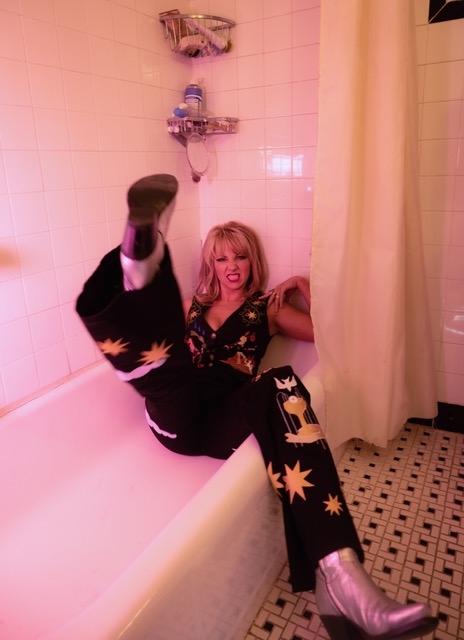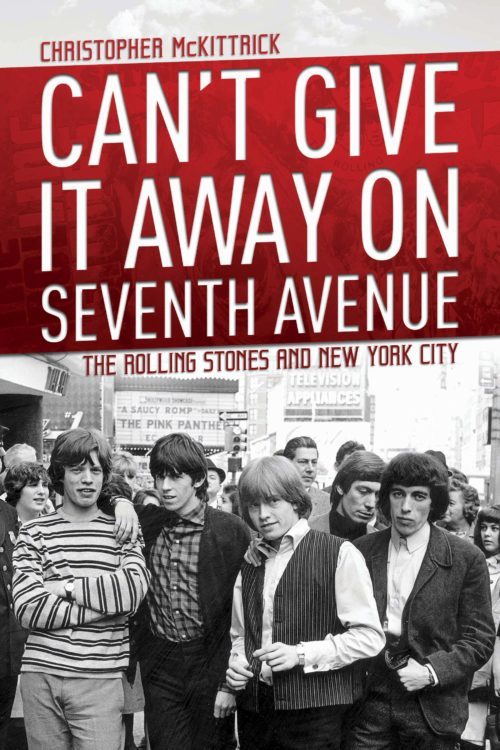When Kelley Swindall moved from Georgia to New York to study at The American Academy of Dramatic Arts, it was to become an actor, not a singer-songwriter. But after her natural storyteller came out in songs she sang in plays, a budding star was born. After nearly a decade of live shows, she’ll release her first album, “You Can Call Me Darlin’ If You Want,” on Sept. 18 on Velvet Elk Records, based in the East Village.
“In the past I did some records here and there at a friend’s apartment to sell on the road,” Swindall says, but she had avoided cutting an official release until now. “It wasn’t really a big priority of mine, getting it out there in the recorded format. I was more concerned about having the songs speak for themselves for a live audience. I was always thinking about building up a catalog over time. I didn’t really feel like I had the body of work to present. Once it was time, I was happy with the way we were doing these and said, ‘Let’s go do this for real.'”
In the lead-up to the Sept. 18 album release, Swindall has been putting her theater background to use, making videos for songs like “California” and the recently released title track, which premiered via American Songwriter. During our conversation with Swindall, we asked for the stories behind some of the songs on the record.
Is “You Can Call Me Darlin’ If You Want” and answer to “You Never Even Called Me By My Name”?
Totally. It is, yes sir, absolutely. There were a couple things that all came together to form it. I would say first off, the movie “Crazy Heart,” that was a big one. I had gone to the movies and seen it, and the Jeff Bridges character and that David Allan Coe song and kind of ramblin’ man. … I wanted to write a decidedly classic country-sounding song, and I don’t always do that. A sad, rambling man as an inspiration but as a woman, and I don’t often see that in country music. As I was writing it, that “Darlin'” song was in my head by David Allan Coe, and that line wrote itself. I was also seeing someone at the time who was wanting answers and to pinpoint where we were. It was also my way to get it to him how I was feeling through that character. It wouldn’t have existed without all of these.
The on “California” you’re into more a talking song, a la Johnny Cash.
This was a really unique one. Usually, I labor over it or sometimes it comes out of nowhere and you write in 15 minutes and say thank you to the song gods for this because I don’ know what happened. I was kind of in a cheeky mood, 100 percent, and started doing that progression, which is really simple and kind of talk-singing. I was playing around with this idea of these women on a road trip on a drug run and wanted to tell a fun, entertaining, tongue-in-cheek comedy of errors in a way. It just wrote itself, the words were coming, I didn’t even know how it was going to end. The only thing I did know was the chorus, it came first. I had a friend who wrote a song about California, and their tune was in my head, and I started singing something new.
“Refuse to Blue” is classic country in that there is a sense of defiance in the lyrics over nice, pretty music.
I really like having juxtapositions in general, something that seems one way on the surface. I love that. That’s the kind of art that appeals to me. I liken it to Patsy Cline, by her own right she wasn’t a gentle, sweet woman, she was badass and defiant. I was very much going for that: not the typical silent woman or Southern woman, I would say. I was raised Southern and we are seeing changes as things are getting more modern, but even in the ’80s and early ’90s, you’re supposed to be sweet and kind and not raise your voice, and I wanted it to be the opposite of that — even though she appears one way, she is not that.
On “My Minglewood Blues,” are you reclaiming the tradition of Minglewood songs and flipping it, like you did with “Darlin'”? You sing, “Now you’ve got the Minglewood blues, asshole.”
Mmm-hmm. That was the inspiration. I was listening to one of the “New Minglewood Blues” — Old Crow have done it and of course the Grateful Dead and the original one. Looking up the history of that online, it was a town at one point, the town is gone now. I remember it starting when I had a show, the impetus was I had a show that was going to be a fundraiser for a theater company I was involved with, and I thought I needed something more riotous, more upbeat and fun. I just started doing that very classic, blues, upbeat structure and just wanted a kind of cheeky and defiant and riotous –I’m a woman and it was coming from a woman’s perspective. What’s this town Minglewood, a riotous Sin City in a kind of way? I’m going to have some fun at your expense because you’ve done me wrong.
And despite all of this defiance, near the end of the album you have “Spring Street Drive,” which is very vulnerable.
That’s one of those songs where — there is always me in the song, but some are made-up stories. That was one where a friend of a former lover off and on, we were always missing each other. I hadn’t really thought about him, but when I saw him all of this stuff was coming back. When I got home, I was like, “Where is this coming from?” … That’s how I write songs in the first place, to process why I was feeling thins emotionally, writing through heartache and heartbreak, almost like a diary entry as I was talking to him. I will say [laughs], it helps, it really helps to get it out there in whatever way. It did help me kind of process and get a good song out of a lot of uncertainty.
Did you send the song to him?
I didn’t but I could tell he heard it. I never have the balls to do that. I never actually send it to people. But I do think he heard it, and I could tell by the way we interacted one of the other times.




Leave a Reply